Last updated on February 7, 2019 by Liza Hawkins
This is a guest post.
Help keep your food prep and storage safe with these simple tips on how to handle food.
When it comes to food, everyone wants to have it prepared safely—it’s more than just taste.
Dealslands UK, which is a hub for food vouchers, states something we all know: if food is handled in the wrong way, there’s a chance that bacteria can penetrate and cause sickness.
These helpful tips will help ensure food remains safe and in good condition.
7 Tips on How to Handle Food
1. Wear gloves while cooking.
Chefs in restaurants wear gloves while preparing food, and by doing so, ingredients are kept further from bacteria and contamination.
For a safe food at home, you can do the same!
Using latex gloves for cooking at home may not completely eradicate the chance of spreading bacteria, but it will certainly help.
2. Wash hands.
It’s a very basic rule: wash your hands before cooking.
There can be a number of germs on our fingers and underneath nails, and washing hands kills the germs and keeps our hand clean which in turn will help keep the germs away from the food.
3. Prevention from food poisoning.
The NHS website recommends hotels clean the cooking area before and after preparing meals.
The leftovers and splutter of food left behind may turn out to be the bacteria-laden, producing germs.
Make sure you have a good process in place for wiping down counters and other surfaces as part of kitchen clean-up, especially when you’re cooking eggs, raw meat, vegetables and fish.
4. Store your food.
Leftover cooked food should be moved and kept in a temperature-appropriate place as soon as possible—it takes two hours at room temp before bacteria can start to grow.
When it comes to storing meat, make sure to keep it at the coldest part of the fridge (usually in the back).
Glass containers like these can be one of the safest ways to keep, store and reheat leftovers.
5. Keep different chopping boards.
Another thing you can do to help keep things safe is to use separate cutting boards for different food items.
Have a board for chopping vegetables, one for meat and another for fish and seafood to help protect ingredients from cross-contamination.
And remember, when it comes to food, generally all raw meat has bacteria present.
6. Keep your fridge clean.
Keep your fridge clean to help minimize the presence of bacteria.
The easiest way to stay on top of this is to do a little at a time, rather than a huge deep clean, which can feel like a big chore (yuck).
Try scheduling time to wipe the fridge and freezer down once a week or a couple times a month, and—this probably goes without saying—if something spills, clean that immediately.
7. Cook food properly.
When you’re cooking meat or reheating leftovers, be sure everything’s cooked to the proper temp.
Don’t leave food half-cooked or uncooked.
Done-ness varies, so use a probe thermometer or an instant read thermometer to check temps if you’re unsure by looking or touching meat.
Your cooking technique doesn’t matter (i.e., boil, steam, sear, grill, braise, roast, etc.) as long as you make tasty AND safe meals.
These simple tips can help you prepare food without compromising the health of your friends and family.
About the author: Christopher is a well known professional chef and professional blogger too, and here he is sharing seven tips on how to handle food!

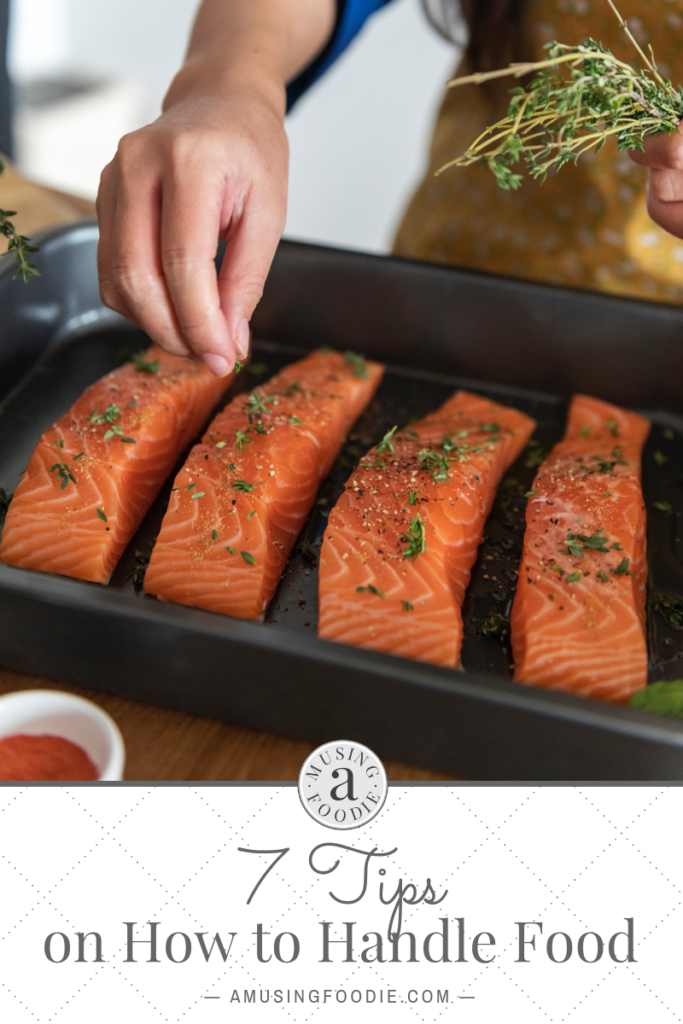
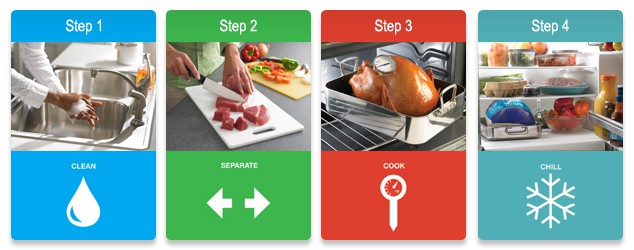
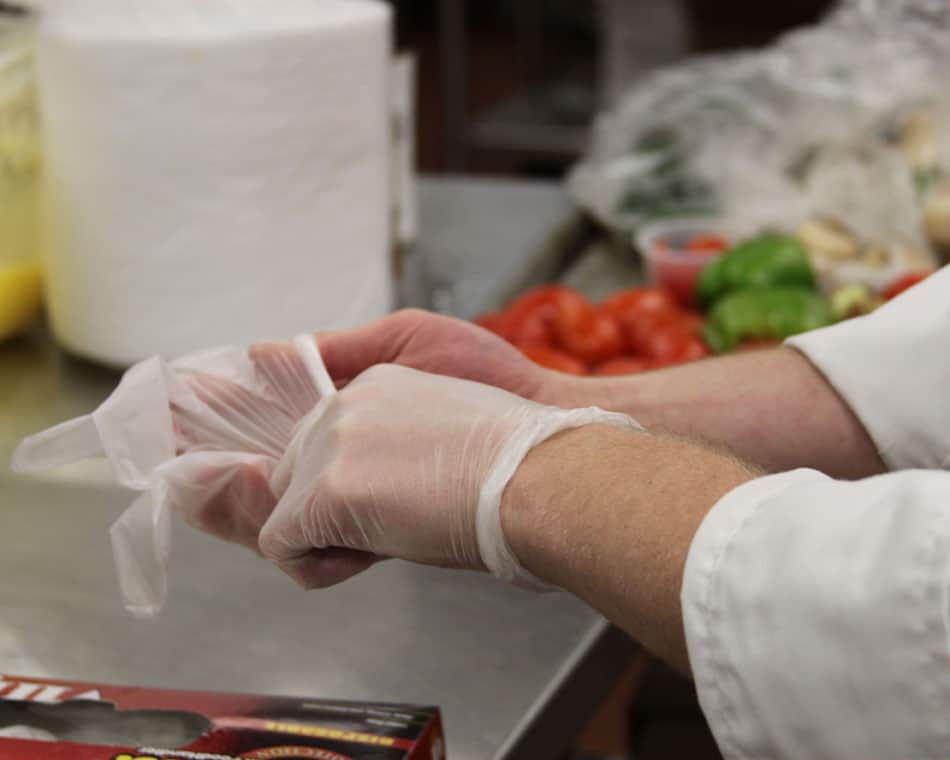
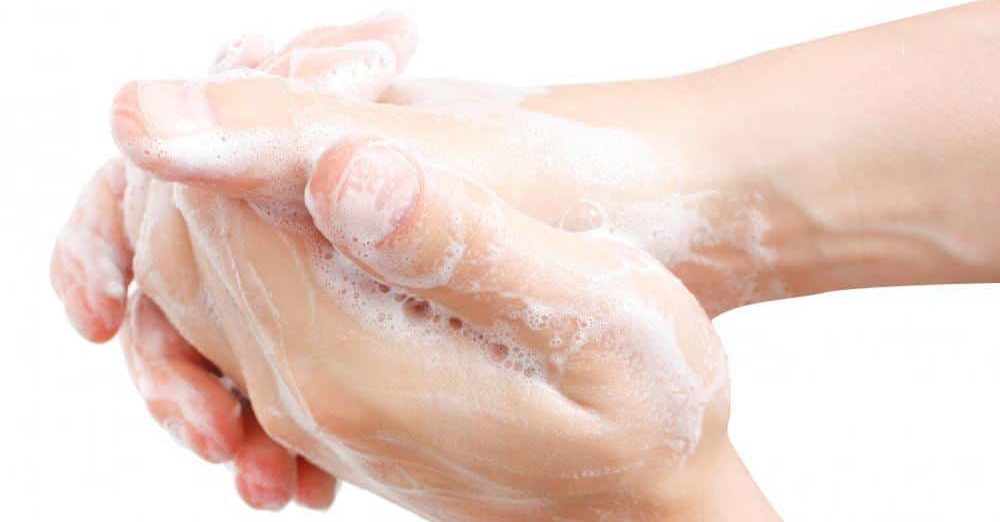
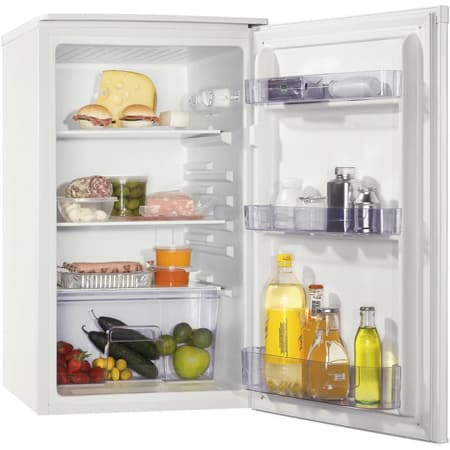
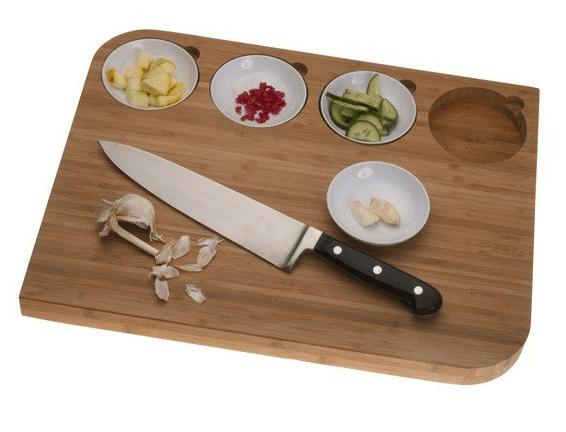
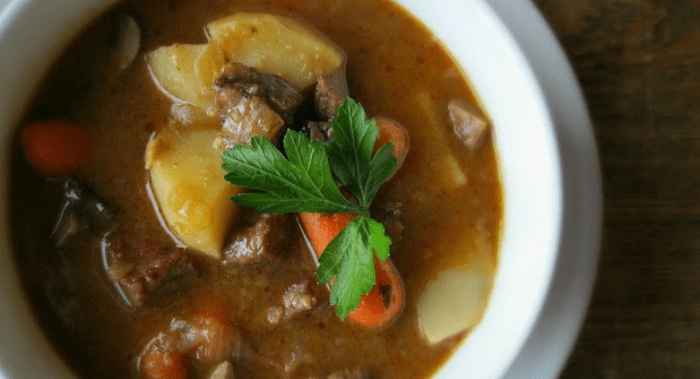
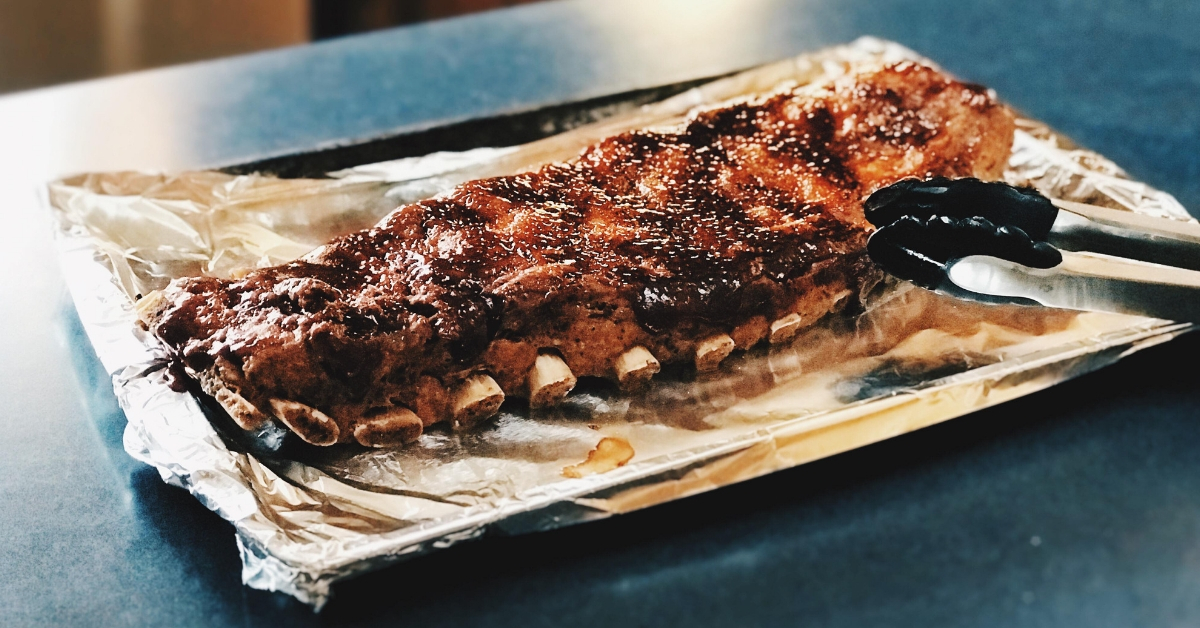

Insightful article!
I think that Wash hands when food readiness, particularly when taking care of crude food varieties like meat and fish. Utilize various plates and utensils for crude and cooked meats and fish.